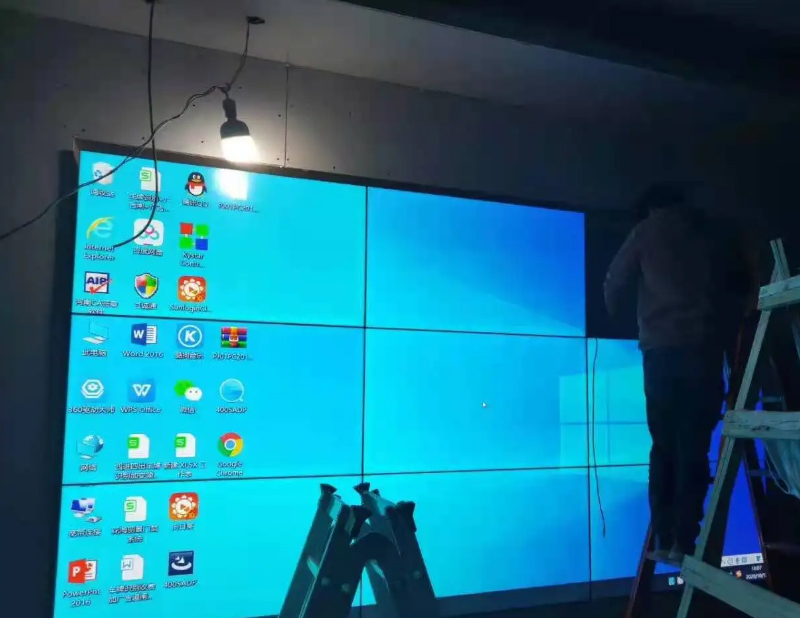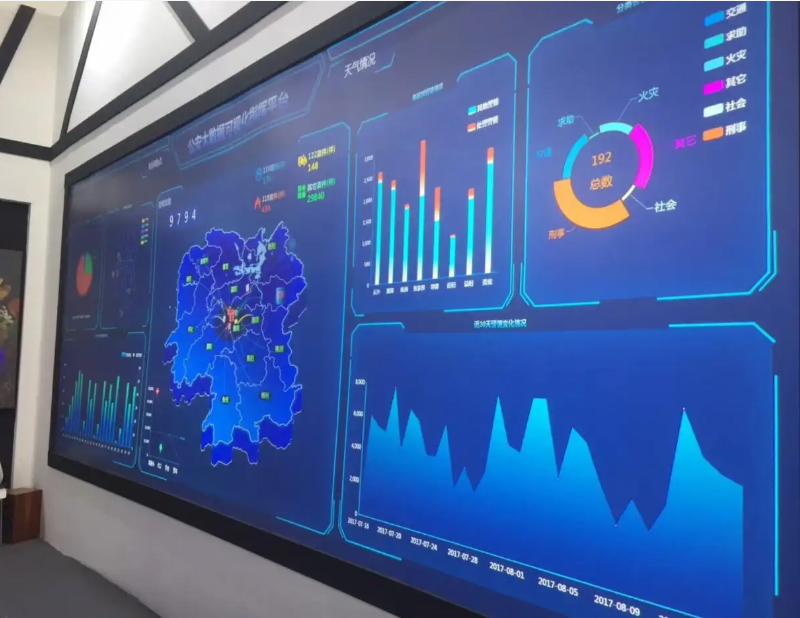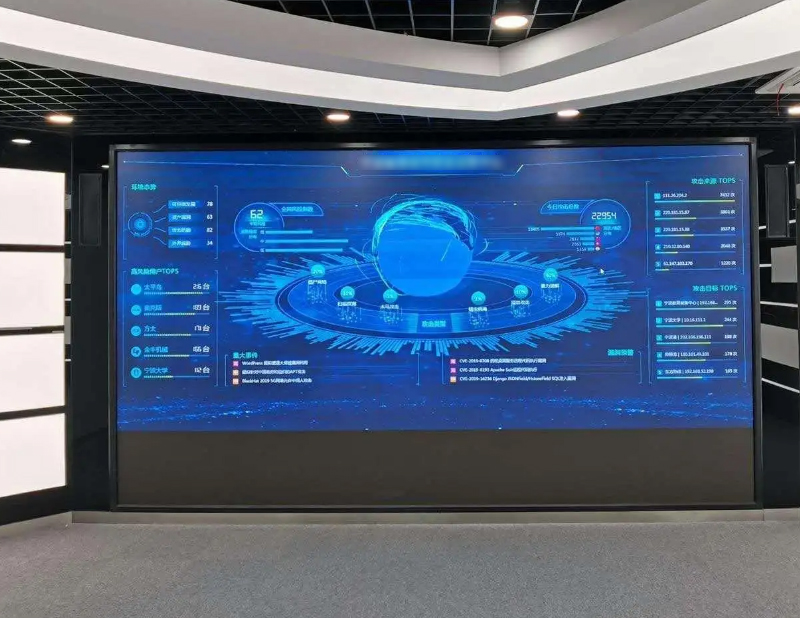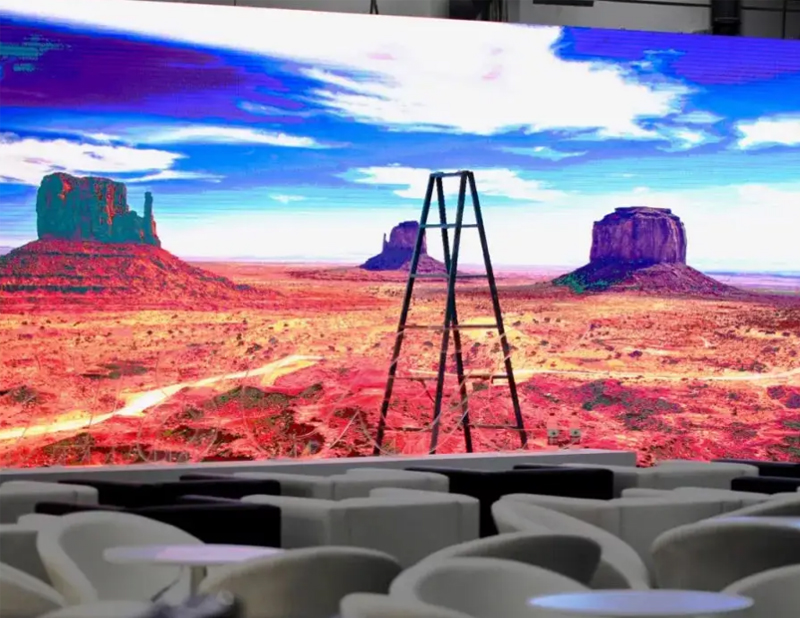- Custom Display Manufacturer Since 2008.
- +86 13423118038
- sales@youseedisplay.com
What is the difference between LCD and OLED display?
What is an LCD Screen?
02/12/2021
Top 5 LCD Screen module manufacturers in China
12/13/2021It’s not too much to call the display screen one of the greatest inventions of the 20th century. Our life is brilliant because of its presence. Companion With the development of science and technology, the display screen is no longer limited to the application of the TV screen. The large-scale commercial display screen has begun to enter our life. It can be seen in shopping malls, cinemas, indoor sports venues, and other places. At this time, LCD OLED and other technical terms also linger in our ears. Although there are many people talking about them, they all know very poor knowledge about LCD and OLED.
In order to solve this problem perfectly, I read a large number of technical documents and the actual production situation of my factory. After that,I especially wrote this popular science article. I hope that people can have a clear understanding of LCD and OLED products after reading my article.
Explanation of terms
LCD
LCD is the abbreviation of the Liquid Crystal Display. The structure of LCD is to place a liquid crystal cell between two parallel glass substrates, a TFT ( thin- film transistor) is set on the glass of the lower substrate, and a color filter is set on the glass of the upper substrate. The rotation direction of the liquid crystal molecules is controlled by the change of the signal and voltage on the TFT, so as to achieve the display purpose by controlling the emission of polarized light of each pixel




OLED
OLED (Organic Light-Emitting Diode), also known as organic electric laser display, organic light-emitting semiconductor (Organic Electroluminesence Display, OLED). OLED is a kind of current-type organic light-emitting device, which is a phenomenon of luminescence through the injection and recombination of carriers, and the luminous intensity is proportional to the injected current. Under the action of an electric field, the holes generated by the anode and the electrons generated by the cathode will move in the OLED, respectively, injected into the hole transport layer and the electron transport layer, and migrate to the light-emitting layer. When the two meet in the light-emitting layer, energy excitons are generated, thereby exciting the light-emitting molecules and finally generating visible light.




Product structure analysis
LCD
LCD screen is a wide range of concepts, there are many different kinds of products.In the early LCD products, more of them used TN and STN technology. Although the two still have a certain market share in the display market, the technological backwardness is destined to be eliminated by consumers and the times. So I gave up explaining these two technologies and chose TFT, a more advanced LCD screen, as a representative to explain the specific working principles and methods of LCD screens.
From the beginning, we mentioned that LCD needs voltage control to generate gray scale. The display that uses thin-film transistor to generate voltage to control the turning of liquid crystal is called TF LCD. According to the sectional structure diagram of Fig. 8, the liquid crystal sandwiched between the upper and lower layers of glass will form a parallel plate capacitor, which is called CLC (capacitor of liquid crystal “) and its size is about 0.1pf, But in practice, the capacitor can’t keep the voltage until the next time it updates the data back to the surface. That is to say, when the TFT charges the capacitor well, it can’t hold the voltage until the next time the TFT recharges this point. (with the normal 60Hz picture update frequency, it needs to keep about 16ms.) so, the voltage changes, Therefore, a storage capacitor CS (storage capacitor is about 0.5pf) will be added to the panel design, so that the charged voltage can be maintained until the next time the screen is updated, It’s just a switch made of transistors. Its main job is to determine whether the voltage on the LCD source drver should be charged to this point. As for the voltage to be charged at this point, so as to display the gray scale, it is determined by the external LCD source drive

OLED
The basic structure of OLED is composed of a thin and transparent indium tin oxide (ITO) with semiconductor characteristics, which is connected with the positive electrode of electric power, and another metal cathode, which is wrapped into a sandwich structure. The whole structure layer includes hole transport layer (HTL), light -emitting layer (EL), and an electron transport layer (ETL). When the power supply to the appropriate voltage, the positive hole, and cathode charge will combine in the light-emitting layer to produce light. According to the formula, red, recording, and blue RGB primary colors are produced, forming the basic colors. OLED is characterized by its own luminescence, unlike TFT LCD which needs backlight, so it has high visibility and brightness. Secondly, it has low voltage demand, high power-saving efficiency, fast response, lightweight, thin thickness, simple structure and low cost. It is regarded as the most promising product in the 21st century. Its luminous principle is similar to that of inorganic led. When the electrons are driven by the applied voltage, the electrons are injected into the cathode to form a hole, If the electron spin is paired with the ground-state electron, it is singlet state, and the light it releases is called fluorescence; on the contrary, if the spin of excited-state electron and ground-state electron is not paired and parallel, it is called triplet, and the light released is called phosphorescence.
When the state position of the electron changes from the excited high energy level to the steady-state low energy level, the energy of the electron will be released in the form of photon or thermal energy respectively, and the part of photon can be used as display function; however, the phosphorescence of triplet state can not be observed in organic fluorescent materials at room temperature, so the theoretical limit value of luminous efficiency of PM-OLED is only 25%
The principle of PM-OLED is to convert the released energy into photons by using the energy order of materials. Therefore, we can choose the appropriate material as the light-emitting layer or dope dyes in the light-emitting layer to get the luminous color we need. In addition, the binding reaction between electron and hole is usually within tens of nanoseconds (NS), so the response speed of PM-OLED is very fast.Full color display is an important symbol to test whether the display has competitive power in the market. Therefore, many full-color technologies are also applied to OLED displays. According to the type of panel, there are usually three types: RGB pixel independent luminescence, color conversion and color filter.
RGB pixel independent illumination
Independent luminescence using luminescent materials is the most widely used color mode. It uses the technology of precise metal shadow mask and CCD pixel counterpoint technology. First, the red, green and blue three color center of luminescence is first prepared, and then the mixture ratio of three color combinations is adjusted to generate true color, so that the three color OLED helps build independent light to form a pixel.
OLED color conversion
Photochromic conversion is to use blue OLED combined with photochromic conversion film array to prepare blue OLED devices, and then use the blue light to excite the photochromic materials to obtain red and green light, so as to obtain full-color. The key of this method is to improve the color purity and efficiency of light color conversion materials. This technology does not need metal shadow mask alignment technology, but only needs to evaporate blue OLED components. It is one of the most potential full-color technologies for large-scale full-color OLED displays in the future.
Color filter membrane
This technology uses white light OLED combined with color filter film to prepare white OLED device, then obtains three primary colors through color filter film, and then realizes color display by combining three primary colors. The key of this technology is to obtain high efficiency and high purity white light. It does not need metal shadow mask alignment technology, but can use the city LCD color filter film production technology. It is one of the most potential technologies for large size full color OLED display in the future.




